Golden Hill Park
4 Reviews
Hello everyone! This is a friendly reminder that any of these fun places we may visit, we are a guest at. Please treat both businesses and trails with the utmost respect. We here at Hidden San Diego follow the 'Leave no Trace' mantra, meaning whatever you bring with you comes back with you. If you see trash on a trail, please do your part to help remove it. Remember, we are not picking up trash from another person but instead cleaning up for Mother Nature. Happy adventures!
2590-2596 Golden Hill Dr.
San Diego, CA 92102
Phone: (619) 268-6307
32.719638, -117.141187
Hike: There are multiple trails on this land Level: Each trail varies in level of difficulty
Dog-Friendly: Yes Kid-Friendly: Yes
**Make sure to check out our list of Hidden Gems in Balboa Park for the ultimate day trip!**
About Golden Hill Park
Golden Hill Park is actually an extension of Balboa Park and contains the oldest remaining feature in the entire park. An old, stone fountain is listed by the National Register as the oldest feature, designed by architect Henry Lord Gay. The fountain is on SOHO’s most endangered list.
Other attractions in the area include a children’s park, walking trails, and a redwood bird aviary. Make sure to check out the Victorian homes around the corner too!
The site was developed in 1907 and the fountain is actually a rustic Arts & Crafts-style inglenook with benches, rock double stairways, walls and radiating trails. There is a community garden right next to the fountain which you can appreciate from the outside and plenty of rolling hills and grass for a lovely picnic!
While you’re in the area, make sure to check out the Victorian Homes of Golden Hill nearby!
The landscaping here is beautiful and I highly recommend walking around, especially for plant lovers. There are Bunya Pines from Northeastern Australia located here and Moreton Bay Figs with the cascading roots that draw so many people in. There is also a beautiful view of the city that I would imagine to be a photographer’s dream spot.
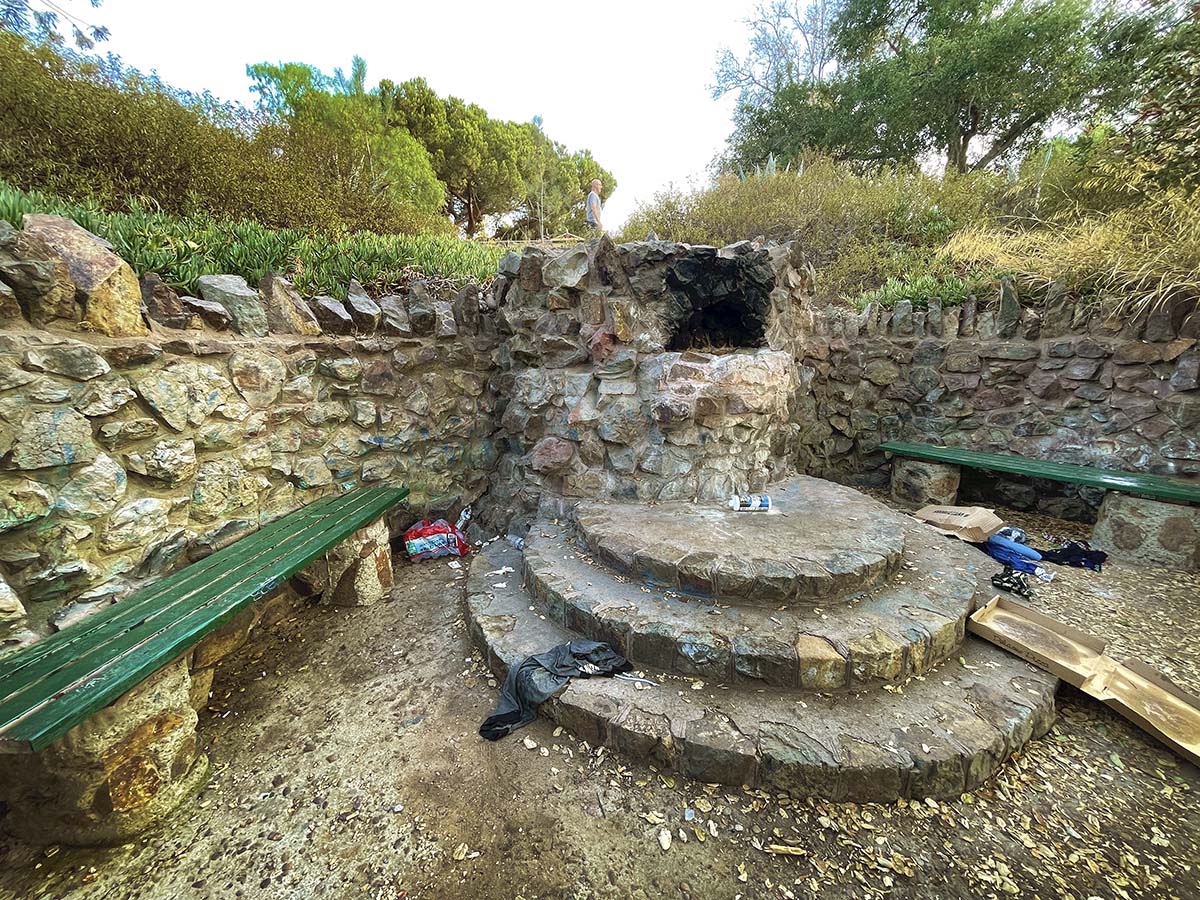
Kumeyaay History
I was recently tipped off that this was the last remaining Kumeyaay village when all the rest had been put in reservations. It was known as Hatam. Manuel Hatam was the well recognized leader of the Tribal people living on this Balboa Park location.
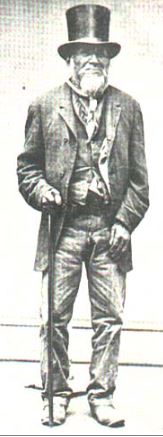
Jose Manuel Hatam
Over twenty Kumeyaay villages were once visible from the Presidio, and tribal people in the San Diego area have maintained oral traditions connecting them to specific villages and ancestors for over 800 years.
Indian Point, located south of the Presidio near what became Newtown, was historically associated with Kumeyaay land, though it later became part of real estate investments after the City purchased it in the mid-1800s. Tribal members from nearby Kumeyaay villages contributed significantly to labor throughout the area’s development.
From 1860 to 1890, a large Kumeyaay village occupied the mesas and canyons east of Russ School, and one of the best-documented villages was in Switzer (now Florida) Canyon, near the intersection of 19th and 20th streets, where evidence of long-term occupation still remains.
There is a nice community garden here: 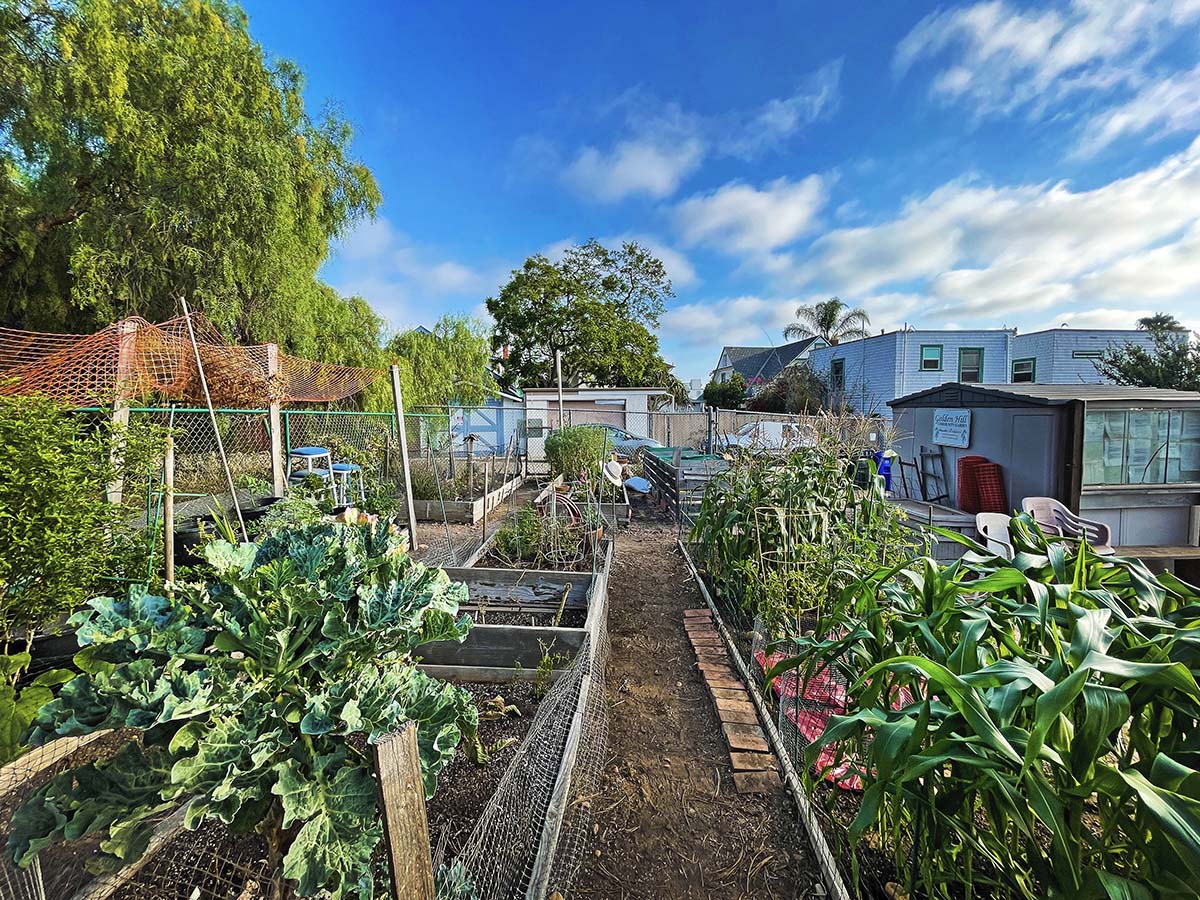
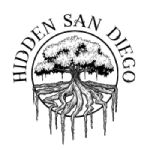
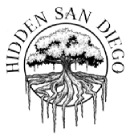

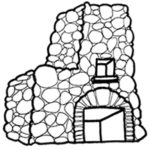


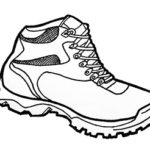
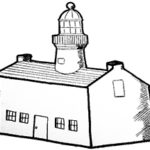
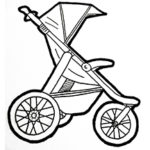
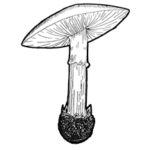
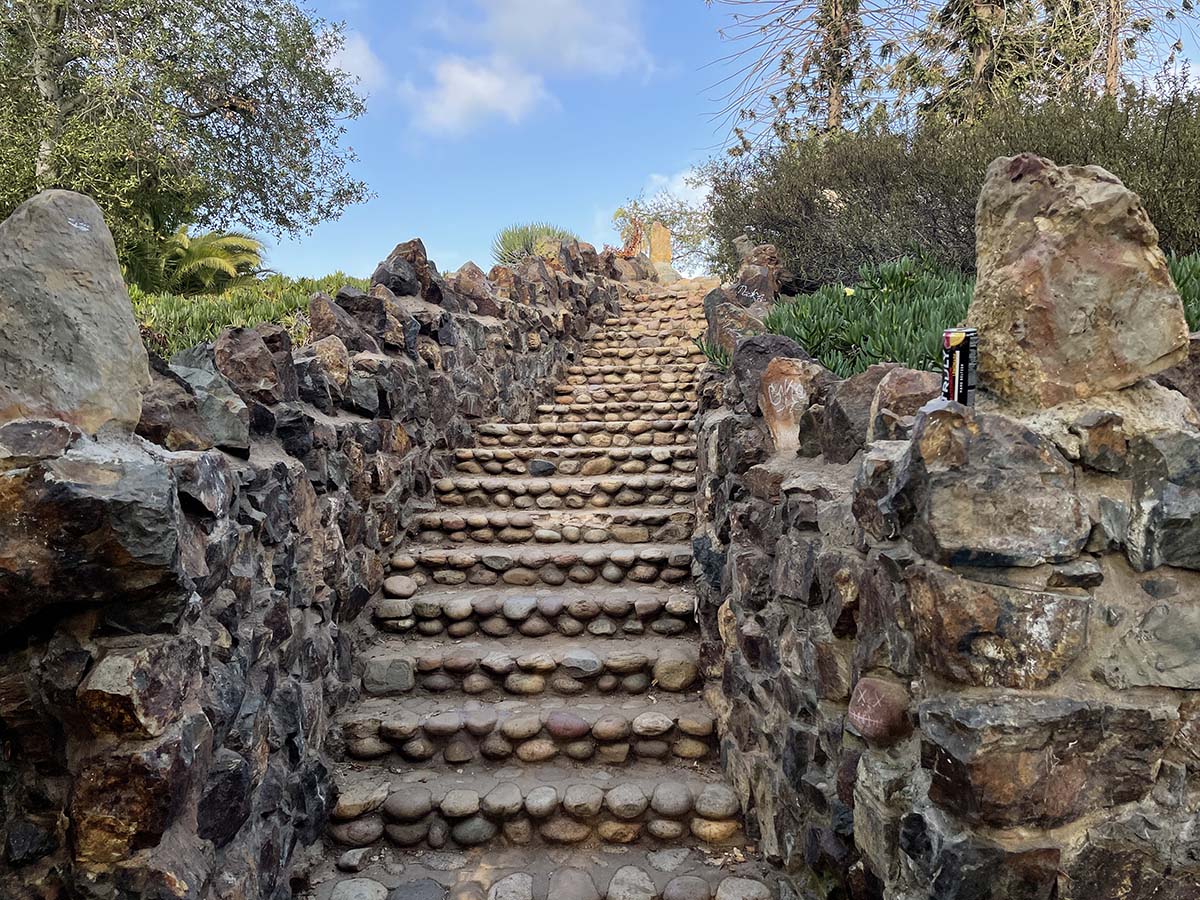
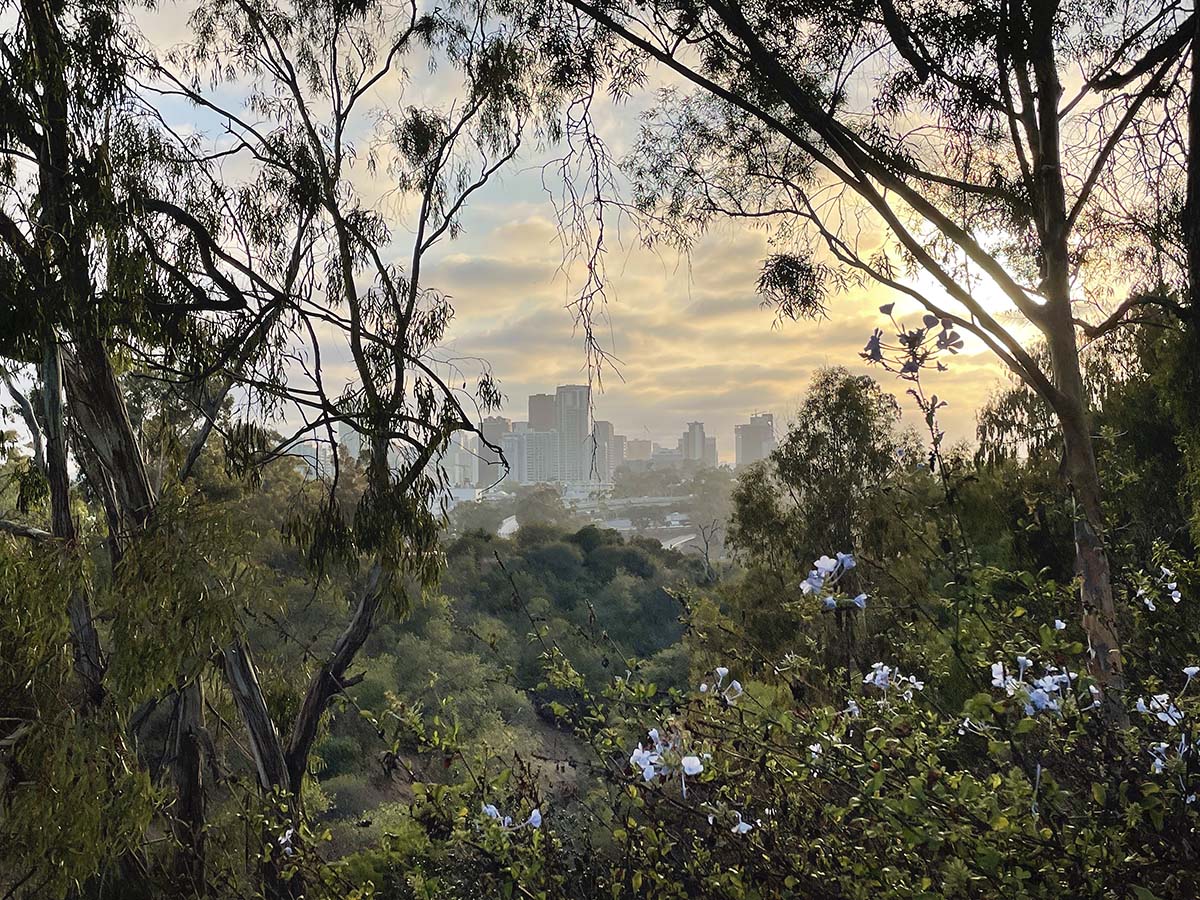
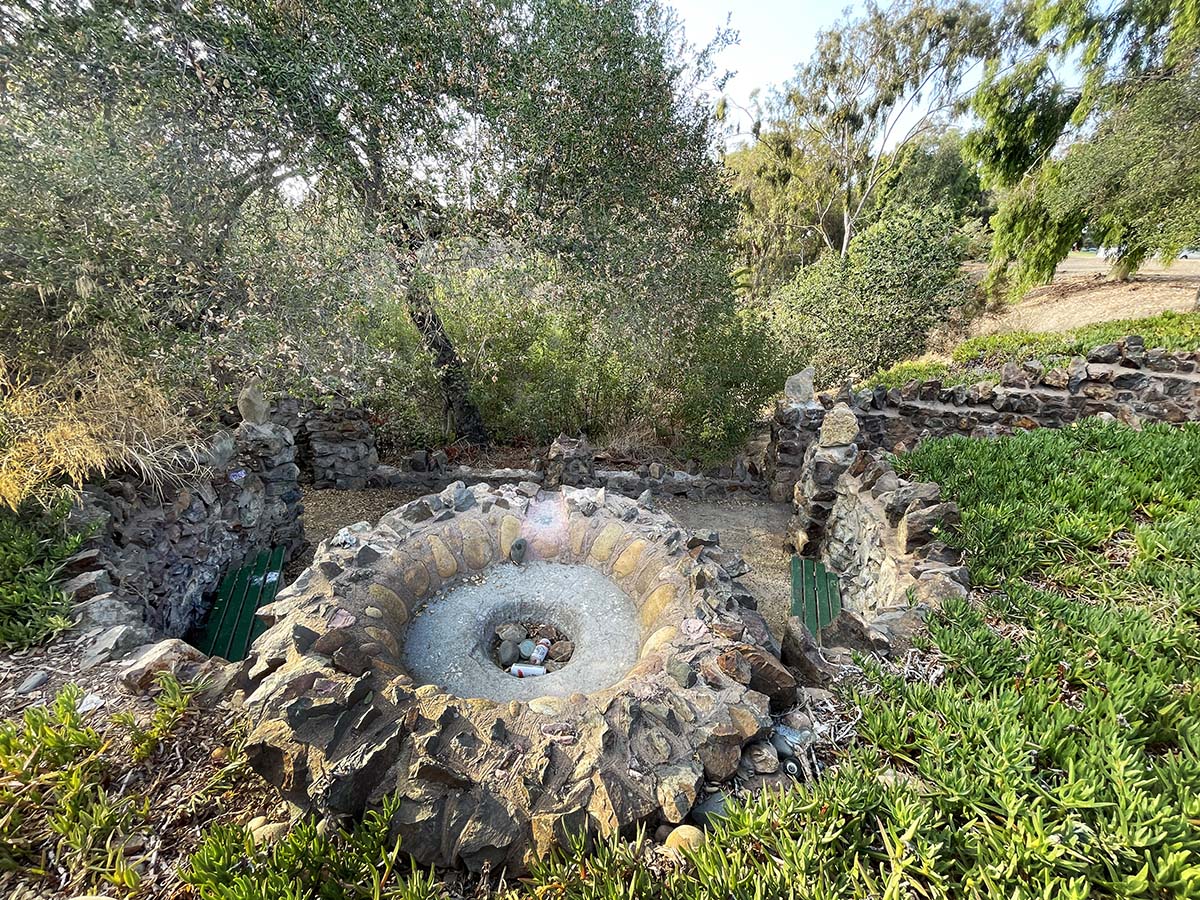
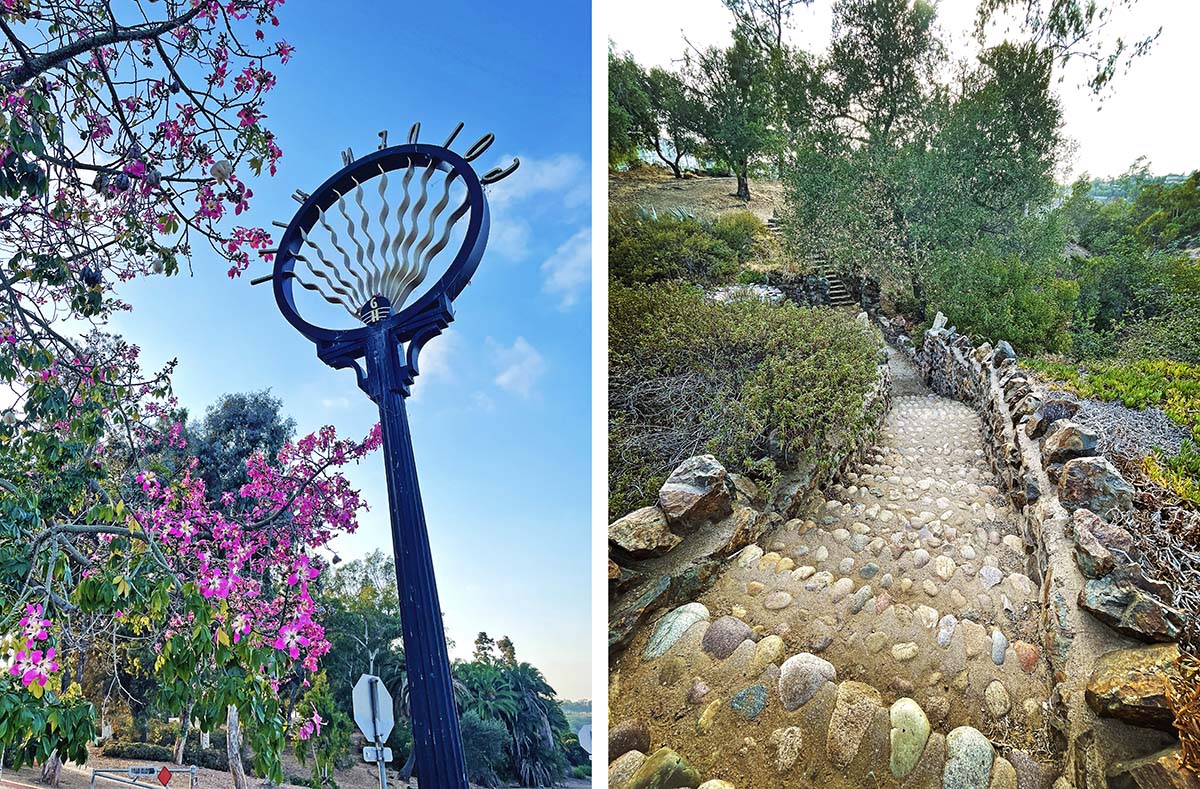

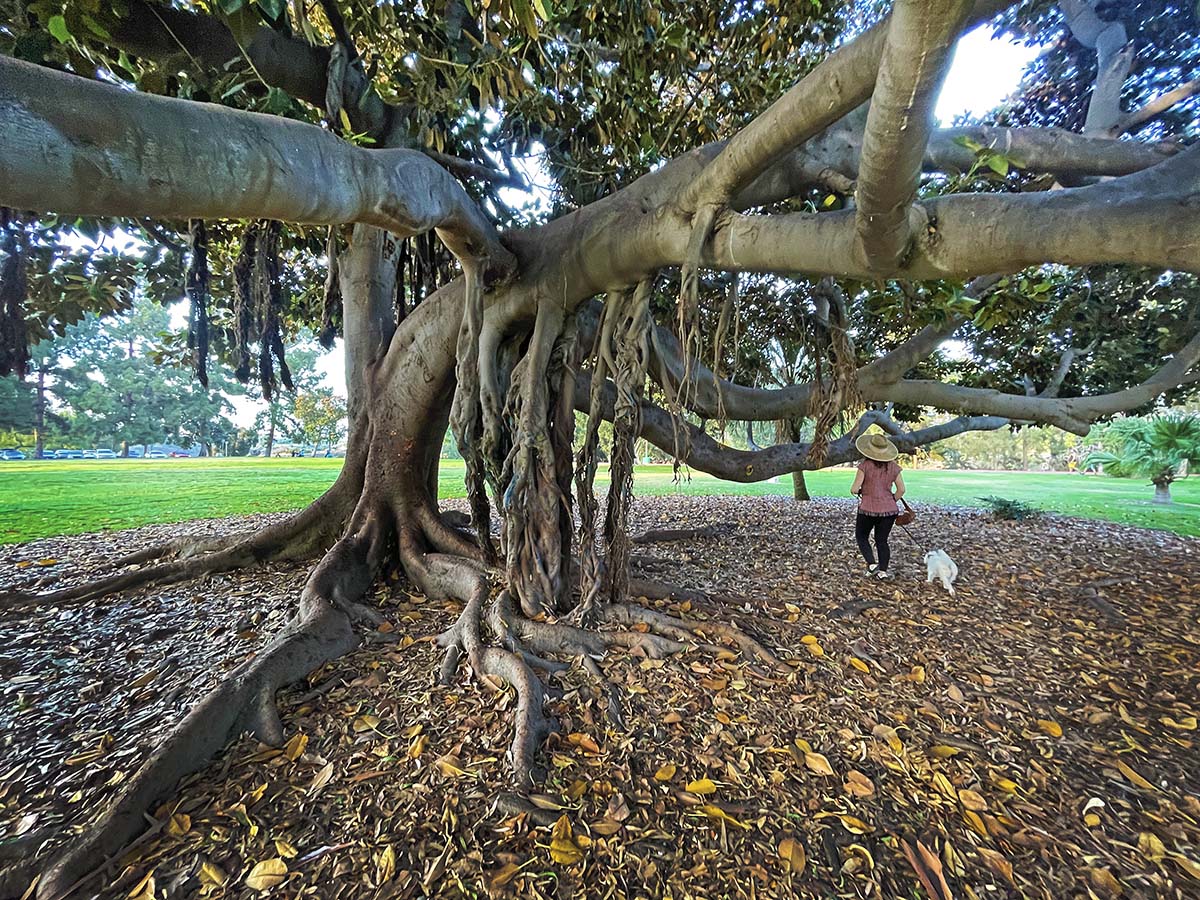
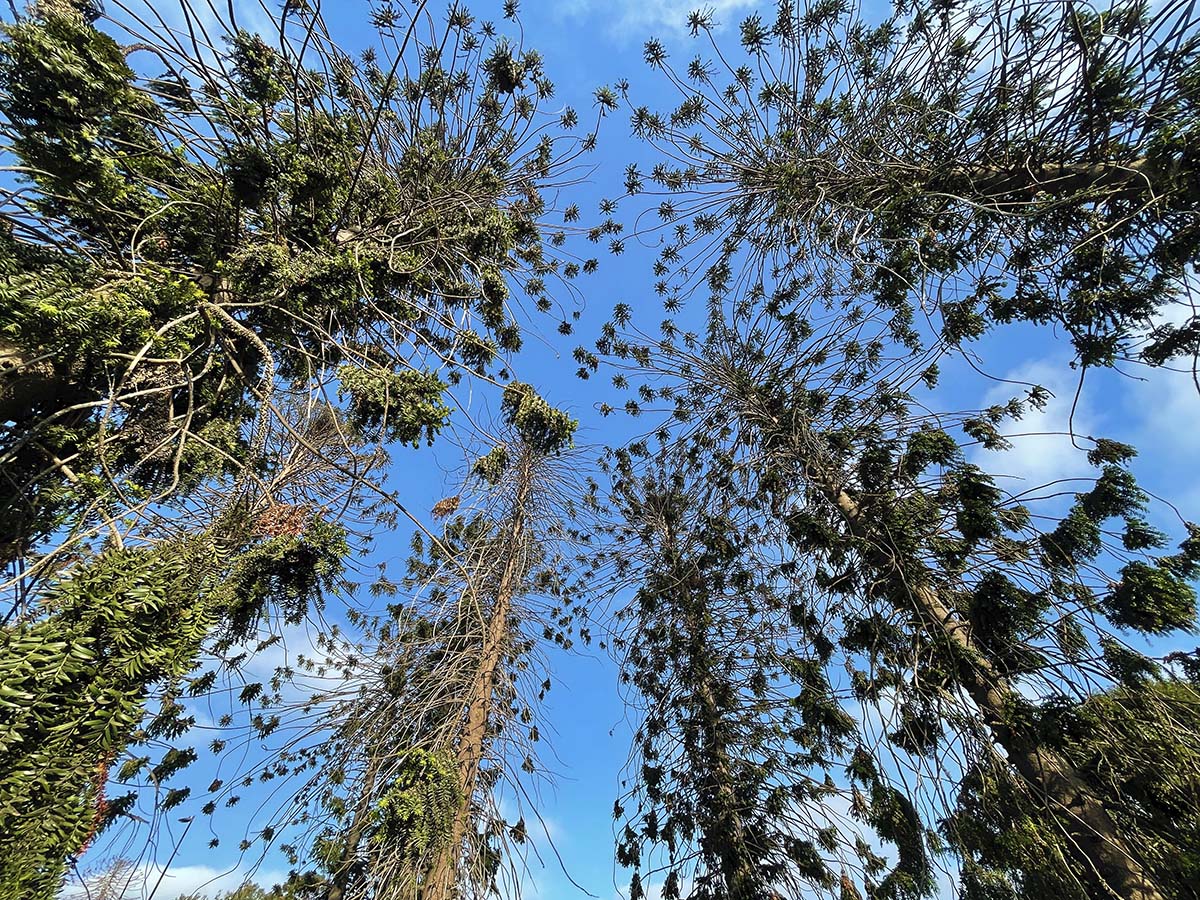

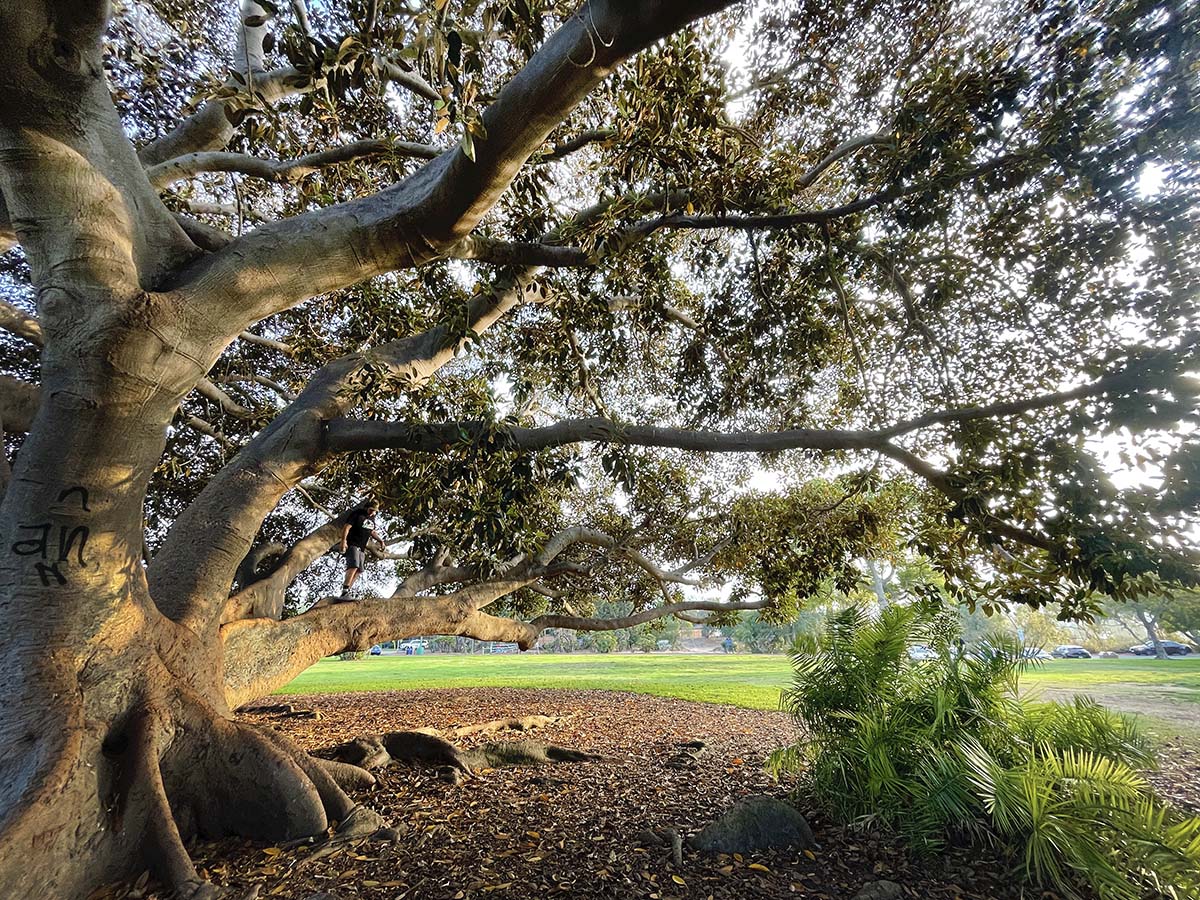
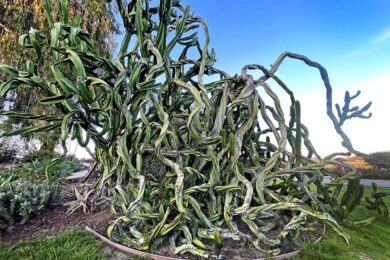
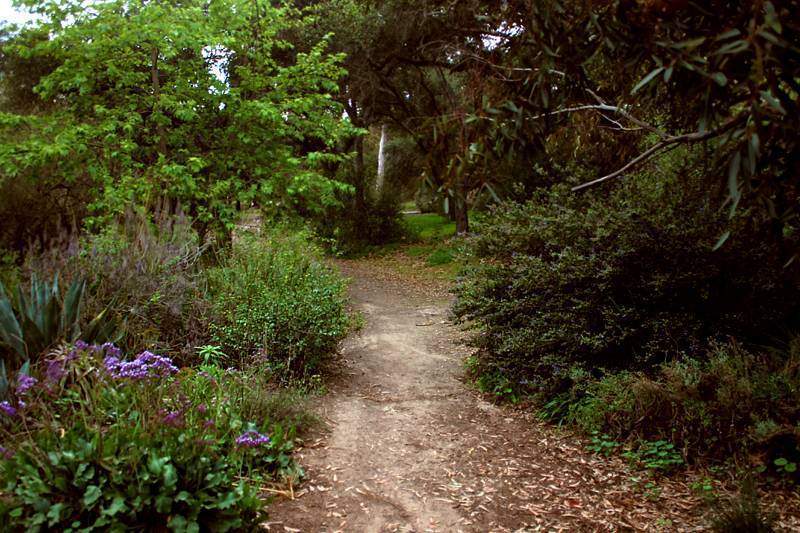
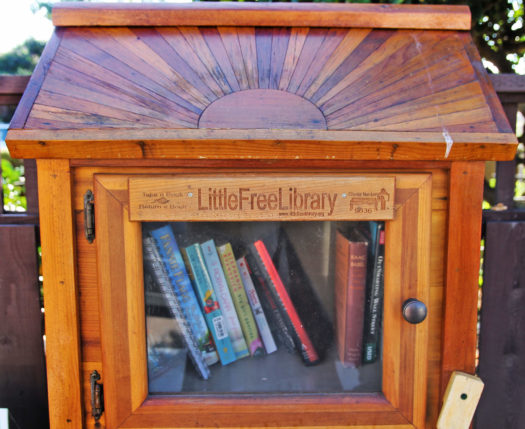
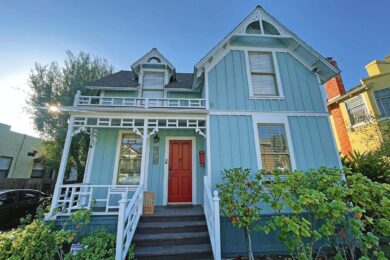
Evan
They’re in the process of re-doing this and will have running water in the fountain!
September 28, 2015
khylli
i was sent here by faze rug and holy love it had me shaking !!!!
July 18, 2016
Kary
The wooden benches are back, the area has been landscaped, and we are just awaiting the return of the water!
September 5, 2016
Anonymous
Golden Hill Park has a number of unusual trees, bushes, and palms in it. I haven’t identified them all, but the large pines on the south side are Bunya Pines from Northeastern Australia. The gardeners have to harvest the cones from those trees when they grow, to prevent the huge 10 pound cones from falling on people. The cones produce large seeds that are edible and the trees are sacred to the Aboriginal people.
August 24, 2019